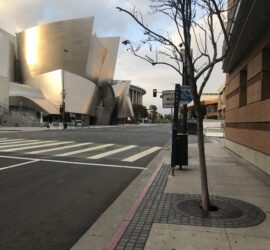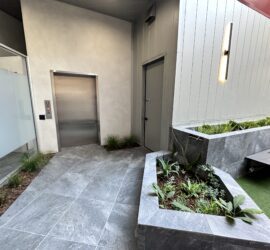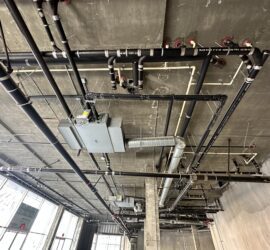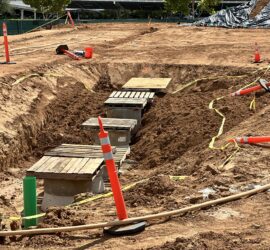Property Condition Assessment Report (PCA)
A Property Condition Assessment (or Property Condition Report), is a professional evaluation of a property’s physical condition from an engineering and construction standpoint, for real estate due diligence purposes. Property Condition Assessments are also referred to as “PCA Reports,” and include conclusions and recommendations about the site’s unforeseeable costs, financial liabilities, and acquisition risks. Moreover, PCA Reports entail a comprehensive site inspection and noting any defects that may affect property value. These reports also conform to an official standard, set forth by the American Society for Testing and Materials (ASTM). Updated May 13, 2024.
Why Do I Need a Property Condition Report?
Typically, there are three applications for PCA reports (1) real estate due diligence; (2) loan qualifications; and (3) landlord and tenant property evaluations. In due diligence applications, a PCA report discloses material deficiencies at a site for buyers and sellers. This may also be performed alongside a Phase 1 Environmental Site Assessment Report. Whereas in loan qualification applications, PCA reports aid lenders for risk assessment purposes. Lastly, Property Condition Assessment reports can also document the state of a property upon the commencement or termination of tenant occupation. For example, when a long-time tenant of a warehouse moves out, a PCA can document the condition of the property upon the end of their lease.
What Does a PCA Cover?
The purpose of a Property Condition Assessment is to observe and document material and building system defects, that might affect the value of the property. Consequently, the current state of the property undergoes a detailed observation. This comprises an evaluation of the appearance, quality, and working order of the structural developments onsite. This documentation is referred to as a “Property Condition Report” (PCR). In general, PCAs are part of a commercial real estate transaction during due diligence periods. Some observations and notations are on the basis of reasonable presumptions, and professional opinion. And presumptions must not be subject to interpretation as factual information.
Property Condition Assessment Components
In general, a PCA will include a limiting inspection of the overall Subject Site, as well as the onsite structures. Overall grounds inspections include irrigation systems for landscaping, surface, and subsurface drainage systems, pavement and curbs, retaining walls, fences, lighting systems, floor painting, signs, loading docks, and more. Structural inspections are limited to the available and visible components of a building. Generally, this includes key portions of the building frame, structural columns, foundation, and floorboards.
Additionally, a building’s mechanical system is inspected in detail. For example, a thorough examination of a property’s heating, ventilation, and air conditioning system, as well as the electrical network onsite. Similarly, aspects of the building’s fire prevention and plumbing system are part of the assessment.
On the other hand, a property condition assessment also provides a preliminary examination of the building’s interior spaces. This portion of the assessment typically includes the quality and condition of finishing materials, flooring, doorways, and walls within common areas and tenant spaces. Similarly, aspects of the building envelope are also included. This includes a thorough inspection of the roofing system, rain guarding and draining network, windows, natural lighting and ventilation, stairways, storage, and more.
Each Property Condition Assessment is different. Thus, each PCR comprises different components with a variety of values. Although, the following are some of the general components of a property, that the Property Condition Report evaluates.
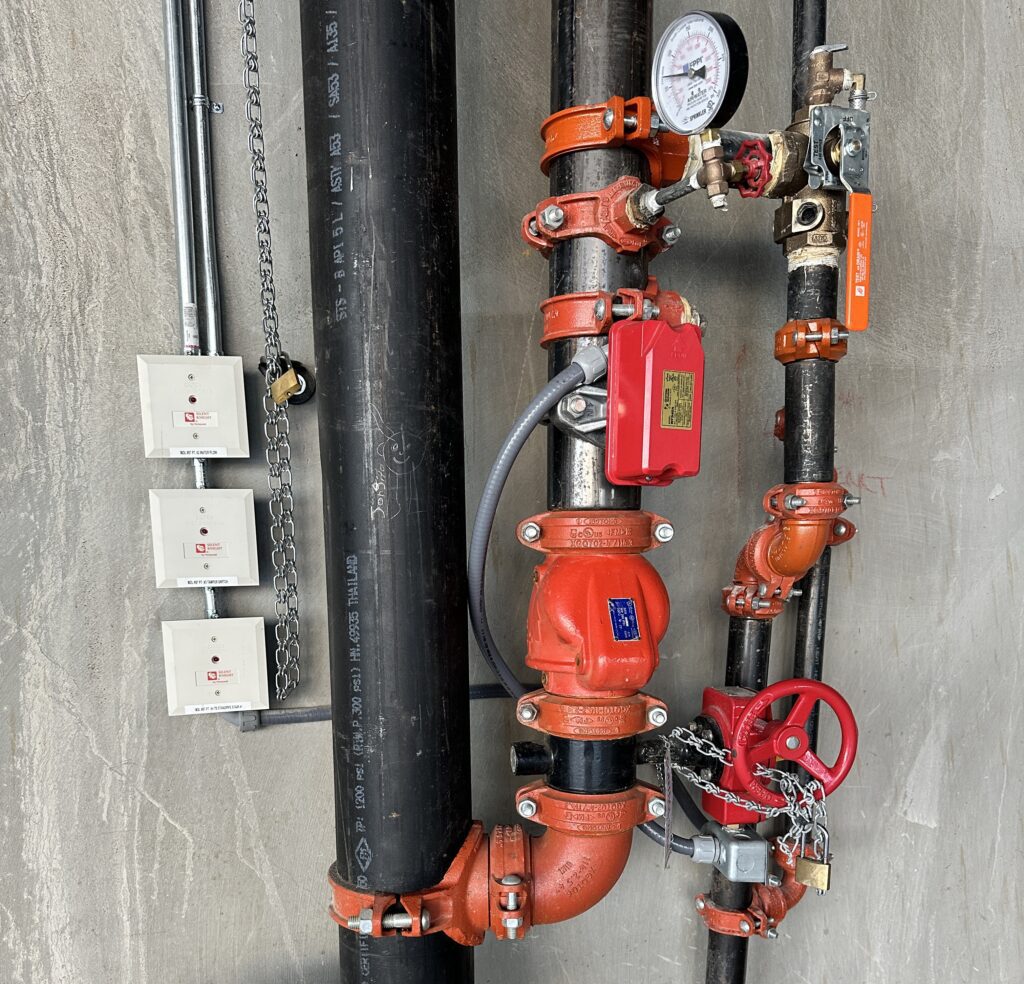
Heating, Ventilation, and Air Conditioning (HVAC) System
An HVAC expert must inspect and evaluate the HVAC system on-site during a PCA report. Typically, HVAC systems exist on-site by roof-mount units. For example, a commercial building may have a Reznor HVAC system and a Trane HVAC unit atop the roof, requiring a proper physical inspection by the PCA expert. A Property Condition Report also requires an observation of the owner’s documentation displaying regular inspection and maintenance, as well as a record of recent maintenance and parts replacements. On the basis of the physical inspection and the records by owner representatives, the Property Condition Assessment comprises a determination of the HVAC system condition.
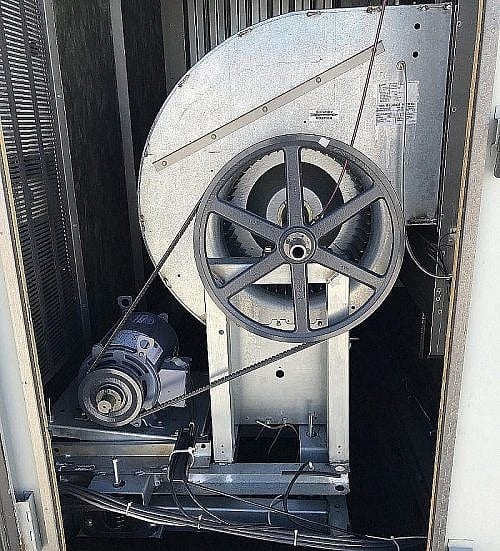
Life Safety Systems and Signage
A Property Condition Assessment also evaluates proper signage on-site, as well as the condition of the life safety system. Life safety systems include control panels, smoke detectors, audible and visible fire alarms, and exit signs. PCA technicians are experts with all building department and safety code regulations as well as life safety operating systems and hardware. The technician performs technical tests on the existing system and evaluates to the visibility of all signage. Ultimately, the PCR demonstrates the quality, condition, functionality and operating status of the life safety system and signage on-site.
Loading Docks, Stairways, and Elevators
The observable elevator and loading dock system is an important aspect of a Property Condition Assessment report. PCA technicians must locate and inspect both of these systems on-site, and check for compliance with all modern building department and manufacturer standards. And a PCR also requires a review of maintenance and inspection records. This aspect also requires a strong background in mechanical and structural engineering, as well as electrical technician work. Per the physical inspection and records review, the PCR reports a final determination about the quality, condition, functionality, and safety of the onsite elevators and loading dock systems.
Building Frame, Structural Columns, Foundation, Floorboards, etc.
A civil and structural engineering expert is necessary for this portion of a Property Condition Report. In most cases, a Property Condition Assessment takes place at a time when the building foundation and framing are not readily visible. However, some wall materials can be removed (at select locations) to expose specific portions of a building’s foundation and framing. In such cases, PCA engineers perform a limited physical inspection of the visible structural features, along with an evaluation of the original structural and architectural plans. Visible portions of the exterior foundations, as well as the select portions of the building that are manually exposed for evaluation, are presumed to represent the overall quality of a structure.
Electrical System
A PCA technician is also required to have a strong understanding and expertise in electrical engineering principles. Typical electrical services extend from underground and above-ground connections, into a main “utility room” in the interior of each building. Usually, the service connects to a multi-phase main panel, such as a 1200 amp, 208Y/120 Volt, 3-phase 4-wire CP. From the main panel, the service extends to sub-panels which are located throughout the building. Ultimately, the PCR concludes about whether the on-site electrical supply and the sub-panel system appear to be consistent with the design-use and age of the building, as well as current building and safety department codes.
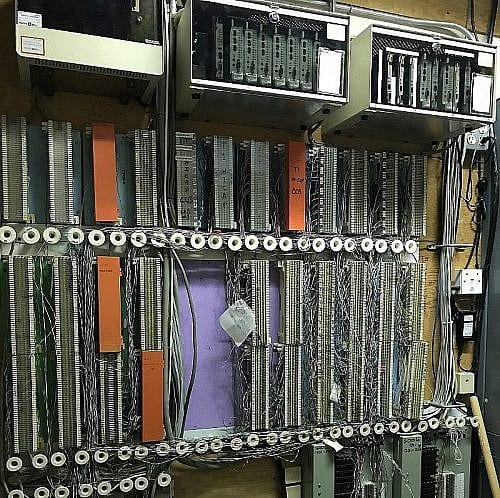
Fire Protection
In general, buildings include a sprinkler fire suppression system and a standpipe on-site. The PCA technician understands how these items work, and inspects the quality of them. Standpipe and sprinkler systems undergo agency inspection regularly. As a result, the compliance audit records are reviewed as well. Fire extinguishers must also be present at proper locations and quantities, and appear to be in good condition.
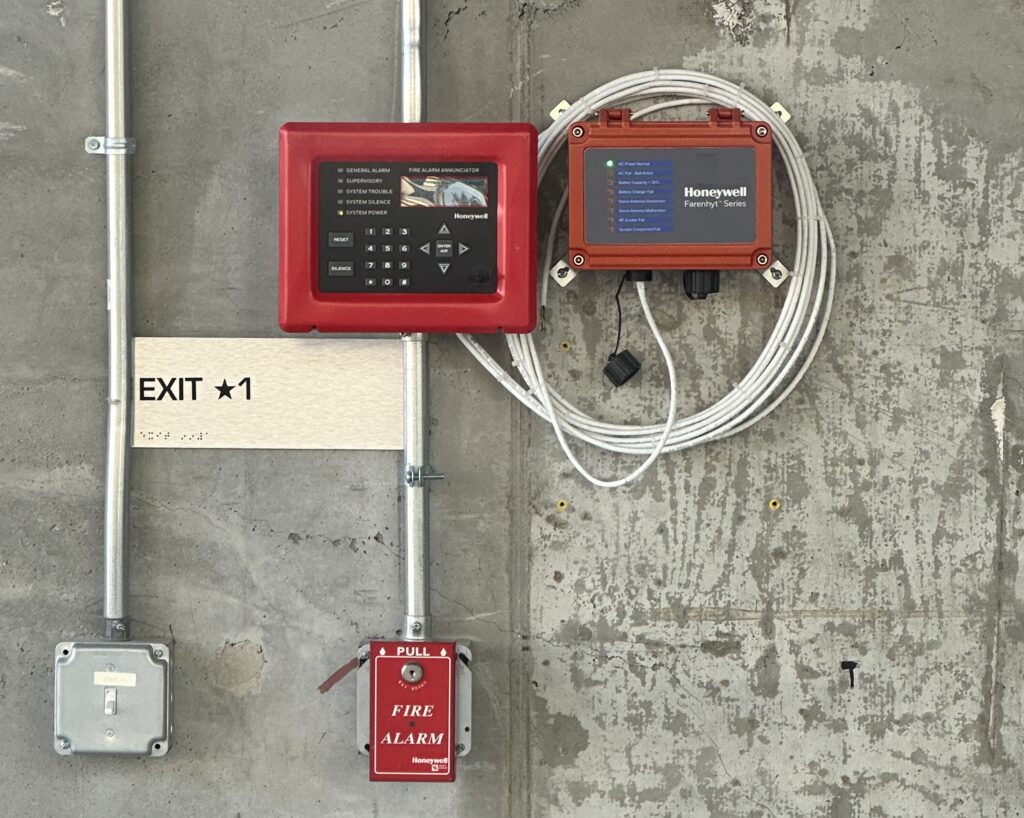
Plumbing and Irrigation Systems
The observable plumbing system is a major pillar of the PCA process. Technicians must find and evaluate the composition and quality of the on-site sanitary sewer system, as well as the fire sprinkler, landscaping irrigation, floor drain, and restroom fixtures. Moreover, the water piping and water heating systems must be reviewed and reported against modern building codes, standards, and regulations.
Pavement and Curbs
Property Condition Assessments also comprise an evaluation of the paved parking and walking areas on a subject property. The parking areas must include an adequate number of painted spaces and ADA-compliant spaces with proper marking and signage. Lighting in the parking area is also part of the inspection, as well as the ability for pedestrians to safely travel through the site. PCA inspectors are aware of the local building and planning department regulations and determine whether the conditions and design aspects of the on-site paved areas meet agency standards.
Retaining Walls, Standard Walls, and Fencing
Each PCA technician is required to have a strong understanding of retaining walls, particularly from a construction and structural engineering background. At a minimum, retaining wall inspections during any Property Condition Assessment evaluate structural integrity, waterproofing, as well as the potential for slope failure.
Roofing
There are a variety of roofing materials and systems throughout the county. Although, in most commercial and industrial structures, the roof system consists of a spray foam coating on a wood or metal decking. The decking material is not always readily observable. Thus spot inspections may be necessary. Drainage typically occurs by internal roof drains that discharge to the nearby landscaping. Property Condition Technicians must be experts with all types of roofing materials. In addition to the physical inspection of on-site roofing, information from local building and planning departments is also part of the review process.
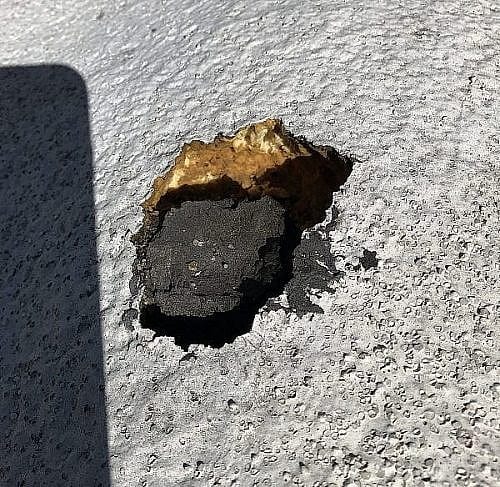
Finishing, Flooring, Doorways, Walls, and More
Interiors generally consist of painted plaster-finished walls and suspended tile ceilings. Floorings tend to be a mixture of carpets and tile. The job of a PCR technician is to determine the physical condition of these items and their consistency with the use of the building. Functionality, appearance, and building code regulations are the strongest aspects of this evaluation.
Rain Guarding and Draining Network
Typical on-site stormwater drainage systems include catch basins throughout the paved portions of a property. Usually, catch basins appear to drain to an off-site municipal stormwater conveyance system. The PCA process evaluates the presence or lack thereof a competent surface water draining network.
Windows, Natural Lighting, and Ventilation
Each PCA undergoes a thorough examination of windows, natural lighting, and building ventilation. In general, exterior windows and glass walls are present to supply the building with natural light and airflow. In fact, some structures additionally require naturally induced airflow mechanisms, per a specific air change rate, in order to ensure air quality standards for workers within. Moreover, the quality and structural endurance of window frame materials undergo evaluation.
Everything Else on the Property
Lastly, any other item at a subject site, which relates to the on-site development and land use must be observed. In some cases, a specialized technician may be required to inspect items that typical PCA techs aren’t experienced with. For example, a landfilling site may require a professional environmental geologist or geotechnical engineer to observe the backfill layers, to ensure proper vapor barrier installation and compaction.
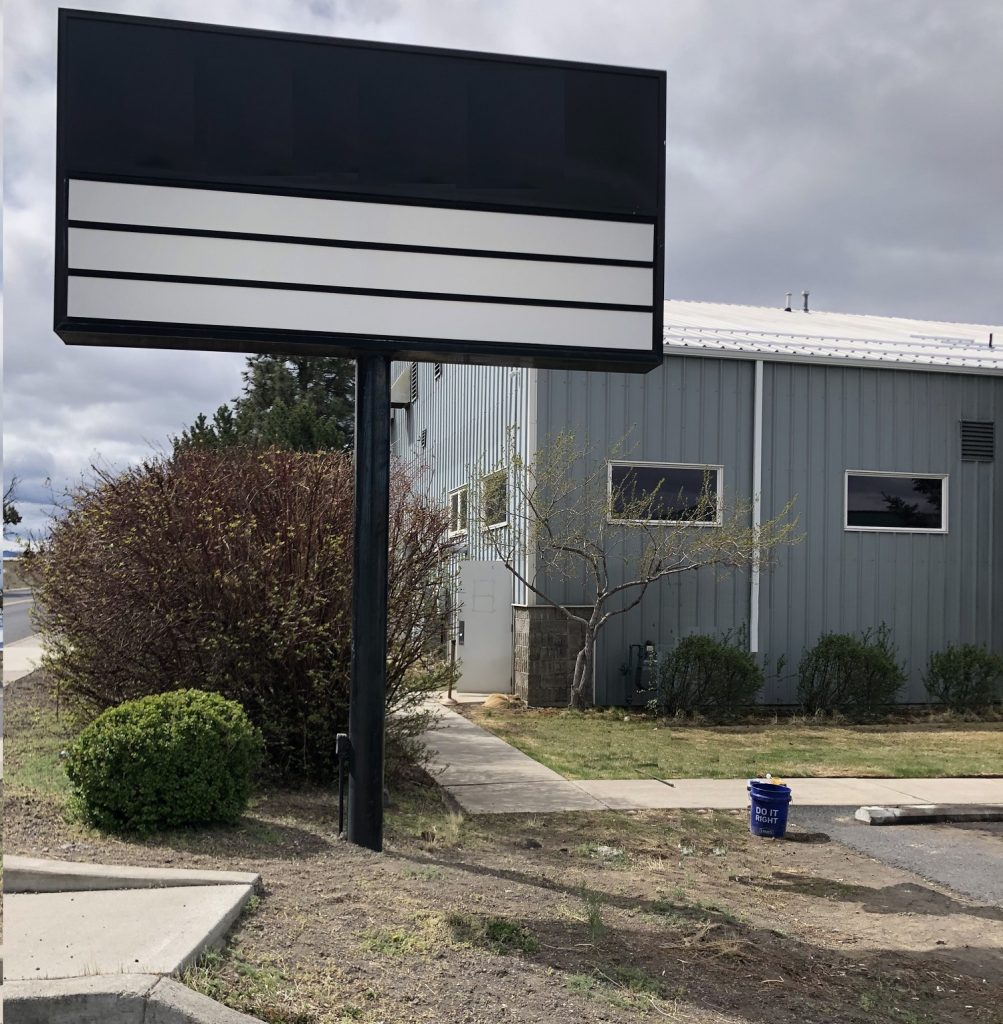
Compliance Systems
Commercial and industrial structures, as well as multifamily residential buildings, must comply with strict safety standards. Property condition assessments additionally study a facility’s compliance in the areas of occupant health and safety. For instance, fire protection systems and devices must be up to date, and in compliance with current fire safety codes. Moreover, buildings with active vapor intrusion mitigation systems, or methane mitigation systems must have routine inspections and component updates. At a minimum, an active mitigation system comprises numerous soil vapor sensors, a control panel with fire department notification features, toxic gas detectors, and more.
Americans with Disabilities Act Regulations
A property condition report also includes a limited evaluation of a property’s compliance with the Americans with Disabilities Act. The limited ADA evaluation process of a property condition assessment ensures owner awareness and compliance with accessibility standards. PCA inspectors examine elements like doorways, ramps, and restroom facilities. The goal is to identify any compliance violations, allowing the report user to take corrective action before any conflicts occur. Lastly, a property condition report provides recommendations to meet ADA requirements, fostering accessibility and equal access.
Typical PCA Limitations
It should be known to consumers that these reports are strictly limited to the date of the evaluation. Consequently, consultants can make no representations after the date of inspections. In most cases, PCA reports do not comprise building material removal or testing. However, at times, PCAs can include a level of detail, that requires structural engineering observations, sampling, analytical procedures, and other types of testing.
Potential concerns outside of the ASTM scope for a PCA include in-depth structural component evaluations, mold inspection, waterproofing material inspection, subsurface sewer pipe condition evaluations, footing, and foundation inspection, asbestos-containing materials (ACMs), lead-based paint (LBP), lead in drinking water and more.
The PCA Standard
The Property Condition Assessment scope of work is in general conformance with ASTM E 2018-015, Standard Guide for Property Condition Assessments: Baseline Property Condition Assessment Process. At a minimum, the scope of work includes a site visit, interviews with property management, a file review of local regulatory agency documents, and documents by the user, and more. PCAs include a basic visual observation of exterior and interior building components and site developments. Moreover, the onsite HVAC systems are also subject to inspection. Last but not least, elevators, plumbing systems, electrical systems, fire safety, and security systems are additionally subject to inspection. Visual inspections of a Subject Site’s premises are also in general accordance with the Americans with Disabilities Act of 1990 (ADA).
Equity & Property Condition Report
The main objective of Property Condition Assessment reports is to assist the investors of commercial real estate with better financial decisions. The PCA report provides investors with a snapshot of current onsite information. This includes the condition of the real property, as well as any potential costs for necessary and foreseeable repairs. For example, an industrial warehouse may have a nonfunctional ventilation system. And per the PCA, maintenance is a requirement in order to properly ventilate the building. As a result, the Property Condition Report will categorize this concern, and report the necessity for repair. Additionally, the PCA report will provide a cost estimate for the repair.

